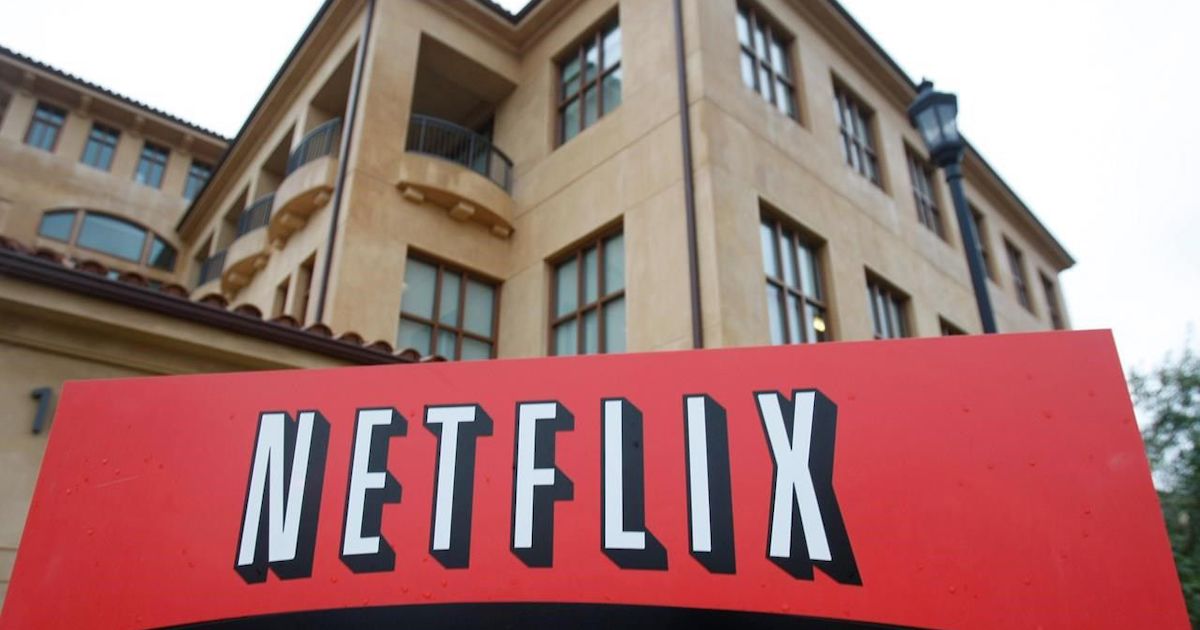[ad_1]
The streaming giant will permanently shift a share of its cash to financial institutions that serve Black communities, allowing them to lend more.
By Michael J. de la Merced, The New York Times
Netflix said on Tuesday that it would move up to $100 million, or 2 percent of its cash holdings, to financial institutions that focus on Black communities. It is intended to address a longstanding problem that these communities face: a lack of capital for the banks and other lenders that service them.
Earlier in June, the streaming company’s chief executive, Reed Hastings, pledged $120 million to support scholarships at historically Black colleges and universities. The move on Tuesday by the company he runs aims to fight racial inequality not through charity but via a routine commercial aspect of its business. As the company’s considerable cash pile grows, so might its deposits.
Netflix will start with $35 million, split two ways: $25 million in financing for a new fund, the Black Economic Development Initiative, that will itself invest in Black financial institutions, and $10 million deposited with the Hope Credit Union. These institutions join the roughly 30 banks worldwide that Netflix uses to hold its cash.
Featured Image, The Associated Press
Full article @ The New York Times
CONTEXT: Historically Black Colleges and Universities
Historically black colleges and universities (HBCUs) are institutions of higher education in the United States that were established before the Civil Rights Act of 1964 with the intention of primarily serving the African-American community. Most of these institutions were founded in the years after the American Civil War and are concentrated in the Southern United States. During the period of segregation in the United States prior to the Civil Rights Act, the overwhelming majority of higher education institutions were predominantly white and completely disqualified or limited African-American enrollment. For a century after the end of slavery in the United States in 1865, most colleges and universities in the Southern United States prohibited all African Americans from attending, while institutions in other parts of the country regularly employed quotas to limit admissions of blacks.
There are 101 HBCUs in the United States, including both public and private institutions (down from the 121 institutions that existed during the 1930s). Of these remaining HBCU institutions in the United States, 27 offer doctoral programs, 52 offer master’s programs, 83 offer bachelor’s degree programs, and 38 offer associate degrees.
PRIVATE INSTITUTIONS – Most HBCUs were established in the South after the American Civil War, often with the assistance of religious missionary organizations based in the northern United States. HBCUs established prior to the American Civil War include Cheyney University of Pennsylvania in 1837 and Lincoln University in 1854. Wilberforce University was also established prior to the American Civil War; it was founded in 1856 via a collaboration between the African Methodist Episcopal Church of Ohio and the Methodist Episcopal Church (the latter a predominantly white denomination). Wilberforce was the third college to be established in the state of Ohio.[citation needed]
Exactly three months after the end of the Civil War, Atlanta University now Clark Atlanta University was founded on September 19, 1865 as the first HBCU in the Southern United States. Atlanta University the nations first graduate institution to award degrees to African Americans in the Nation; and Clark College(1869) the nations first four-year liberal arts college to serve African-American students consolidated in 1988 to form Clark Atlanta University. Shaw University, founded December 1, 1865, is the second HBCU to be established in the South. The year 1865 also saw the foundation of Storer College (1865–1955) in Harper’s Ferry, West Virginia. Storer’s former campus and buildings have since been incorporated into Harper’s Ferry National Park.
PUBLIC INSTITUTIONS – In 1862, the federal government’s Morrill Act provided for land grant colleges in each state. Some educational institutions established under the Morrill Act in the North and West were open to blacks. But 17 states, mostly in the South, required their systems to be segregated and generally excluded black students from their land grant colleges. In response, Congress passed the second Morrill Act of 1890, also known as the Agricultural College Act of 1890, requiring states to establish a separate land grant college for blacks if blacks were being excluded from the existing land grant college. Many of the HBCUs were founded by states to satisfy the Second Morrill Act. These land grant schools continue to receive annual federal funding for their research, extension, and outreach activities.
Historically Black Colleges and Universities. (2020). Retrieved July 01, 2020, from Wikipedia.
[ad_2]
Source link
Warning: Undefined variable $post in /var/www/wp-content/themes/newsup/inc/ansar/hooks/hook-index-main.php on line 117


